The author, Carlo Vialu, PT, MBA, is co-creator of SeekFreaks. He loves promoting function and participation for children and youth with disabilities, from our assessment to our interventions, via his courses on various assessment tools at Apply EBP. More information on these courses after the article below.

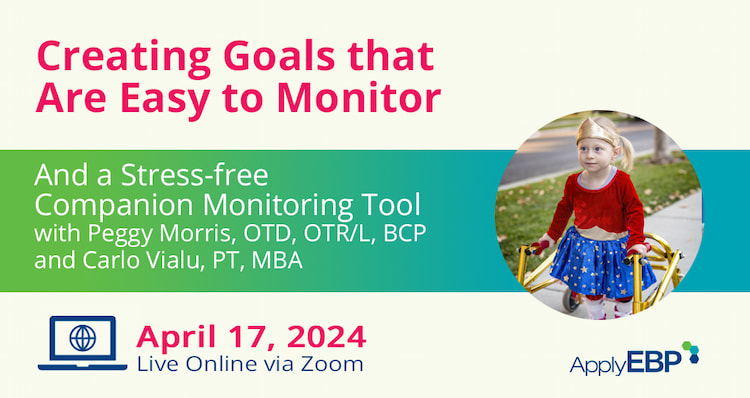
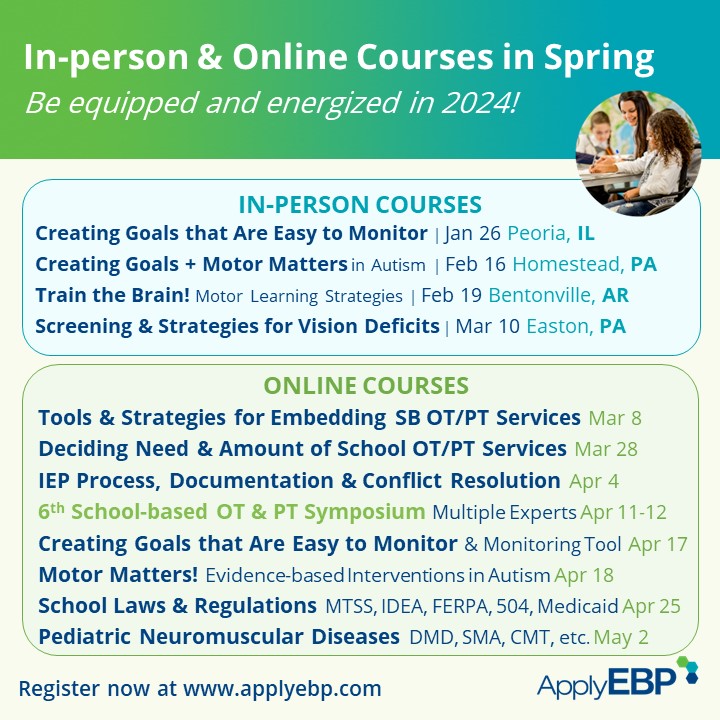
[smbtoolbar]
Just like balance tests and tests for wheelchair operation, there are multiple walking tests, each measuring specific aspects of functional mobility. When selecting tests, we encourage PTs to utilize the concepts below which were discussed in more detail in an earlier article:
- appropriateness of test to the student’s level of function
- specificity of test to student’s needs and outcomes
- utilization of multiple tests
We present the tests under 3 categories based on distance to make it easier to select the appropriate test. This includes: Walking Within the Classroom. Walking Short Distances Within the School, and Walking Long Distances Within the School and the Community.
A 4th category of Additional Tests include a test for stair negotiations, a student or parent report on walking 3 different distances, and student reporting on perceived exertion. We recommend the use of a perceived exertion scale in conjunction with the other walking tests to incorporate student’s own perspective of test performance in your report. In addition, observe and record the student’s gait and movement strategies when completing the tests, and use these data when analyzing the results.
You will notice that some of the tests below were also included in our Top 9 Balance Tests. Unlike tests for impairment, functional tests provide information on multiple variables within the activity and body structure & function levels of the ICF. For example, the Timed Up and Down Stairs can provide information about balance, gait, ankle flexibility and strength, among others.
WALKING WITHIN THE CLASSROOM
Tests conducted using very short walking courses of up to 20 feet.
Timed Up and Go (TUG) – measures the time it takes to get up from a seat, walk 3 meters, turn around and walk back to sit down
- Test instruction: Click here for the TUG procedures
- Reference Data: Click here for reference data
- Time for administration: 5-10 minutes
- Equipment needed: timer, armless chair, floor tape
- Why we like this test: it measures performance of an activity that occurs many times during the school day
Timed Floor to Stand (TFTS) – measures the time it takes to get up from the floor, walk 3 meters, turn around and walk back to sit down in the same spot on the floor
- Test instruction: Click here for the TFTS procedures
- Reference Data: Click here for reference data
- Time for administration: 5-10 minutes
- Equipment needed: timer, armless chair, floor tape
- Why we like this test: it mimics what can be a struggle for some students during circle time
Dynamic Gait Index (DGI) – evaluates the ability to walk while performing different tasks and/or responding to different gait demands
- Test instruction: Click here for the DGI procedures and form
- Reference Data: not available
- Time for administration: 5-10 minutes
- Equipment needed: timer, floor tape, 2 cones, 1 shoebox
- Why we like this test: this test has vestibular components, and include walking while avoiding obstacles
WALKING SHORT DISTANCE WITHIN THE SCHOOL
Tests that require walking for up to 30 seconds.
50-foot Walk Test – provides 2 measures; the amount of time it take students to walk 50 ft., and the maximum amount of time to walk 50 ft. that is acceptable to teachers
- Test instruction: Click here for the 50-foot Walk Test procedures
- Reference Data: Small group averages are also available in the above link
- Time for administration: 5-10 minutes
- Equipment needed: timer, floor tape
- Why we like this test: very easy test to conduct; it is also interesting to learn from this study that teachers have more patience than we think when it comes to waiting for kids who walk slower to catch up
30-second Walk Test (30sWT) – a simple test to measure amount of distance walked in 30 seconds
- Test instruction: Click here for the TFTS procedures
- Reference Data: Age-expanded reference data
- Time for administration: 5-10 minutes
- Equipment needed: timer, armless chair, floor tape
- Why we like this test: a very functional test; age-expanded reference data can help decision making for students in various grade levels
WALKING LONG DISTANCES WITHIN THE SCHOOL AND THE COMMUNITY
By their nature, these endurance tests are great for testing the ability to walk long distances.
Energy Expenditure Index (EEI) – measures the energy cost or efficiency of walking with a comfortable speed or a fast speed for 2 to 3 minutes. Two procedures are given below. The Modified EEI excluded the use of the resting heart rate in the calculation, which the authors found to improve correlation with results of the 1 mile walk/run test.
- Test instruction: Click here for the EEI test procedures; click here for the Modified EEI Test procedures
- Reference Data: Small group averages are available in above links
- Time for administration: 5-10 minutes
- Equipment needed: timer, pulse monitor, floor tape
- Why we like this test: a true test of endurance and energy efficiency; you can also use this test to compare energy efficiencies of walking using different assistive devices (e.g., walking with crutches vs. walking with a walker) and no assistive device at all – what may be most efficient may not be what you think
6-Minute Walk Test (6MWT) – an endurance test that measures the distance walked in 6 minutes. Some version also requires measuring heart rate at the end of the test.
- Test instruction: Click here for the 6-Minute Walk Test procedures
- Reference Data: Small group averages are available in the above link
- Time for administration: 10 minutes
- Equipment needed: timer, floor tape
- Why we like this test: it includes the longest amount of time walking among all the tests here, and consequently, the longest distance of walking
ADDITIONAL WALKING TESTS
Timed Up and Down Stairs (TUDS) – measures the time it takes to ascend 1 flight of stairs, turn around in the landing, and descend the same flight of stairs
- Test instruction: Click here for the TUDS procedures
- Reference Data: The article above provides small group averages for children with typical development and children with CP, GMFCS Levels I, II and III; more reference data for 10-21 year olds here.
- Time for administration: 5-10 minutes
- Equipment needed: flight of stairs with ~14 steps
- Why we like this test: the right test if your students have to walk up and down the stairs regularly
Functional Mobility Scale (FMS) – quantifies the use of assistive devices for 3 distances using a 6-point ordinal scale; the 3 distances represents mobility at home (5 meters), in school (50 meters), and in the community (500 meters)
- Test instruction: Click here for the rating form
- Time for administration: 5-10 minutes
- Equipment needed: none
- Why we like the test: provides a holistic view of the child’s mobility repertoire; findings may include different modes of mobility or assistive devices are used for short, medium and long distances
Perceived Exertion Scales – These are pictorial scales that asks a child his/her self-perception of the effort he/she is putting in to complete a task. They are great for monitoring a child during exercises, walking a distance that is challenging to the individual, or when participating in other physical activities in the school, such as recess or school trips. They can also be used as a criterion-referenced scale at the same time that you use any of the others tests above (such as the 6-minute walk, EEI, 30sWT, and others) to include the child’s qualitative view of their exertion.
- Some examples of perceived exertion scales for children:
- Why we like these scales: they provide the child’s view of their exertion while performing an activity, such as walking; can easily be combined with the other tests above
Feel free to download this infographic and share it with your colleagues or post it in your workspace.
Readers of this article also read:
Top 9 Functional Balance Tests for School-based PTs
32 Essential School-based OT, PT & SLP Documentation Tools
Functional Classification Systems for Children with CP
IEP 4.0 – Collaborative Progress Monitoring
Join Carlo Vialu and other experts at these all evidence-based, all practical continuing education courses:
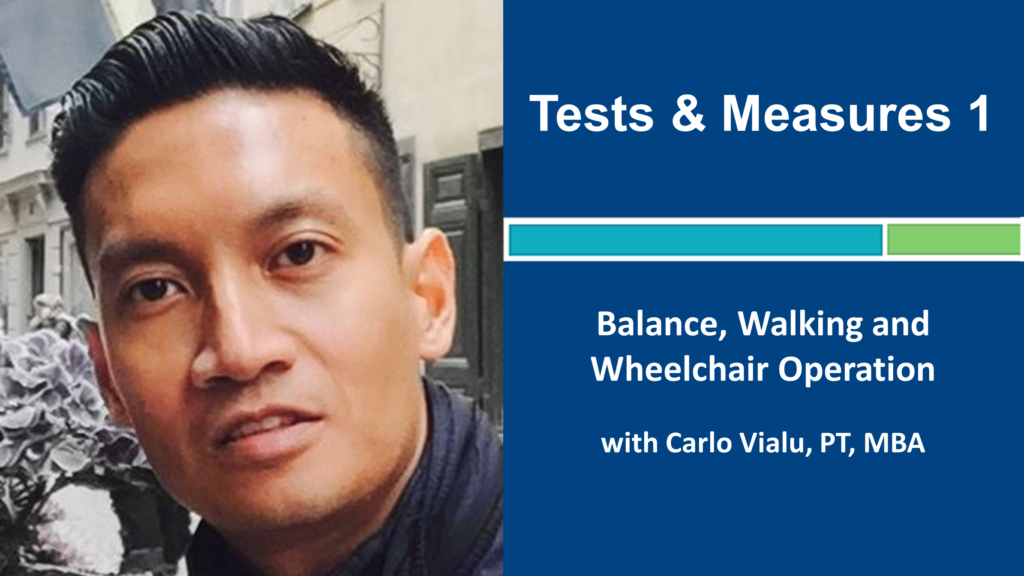
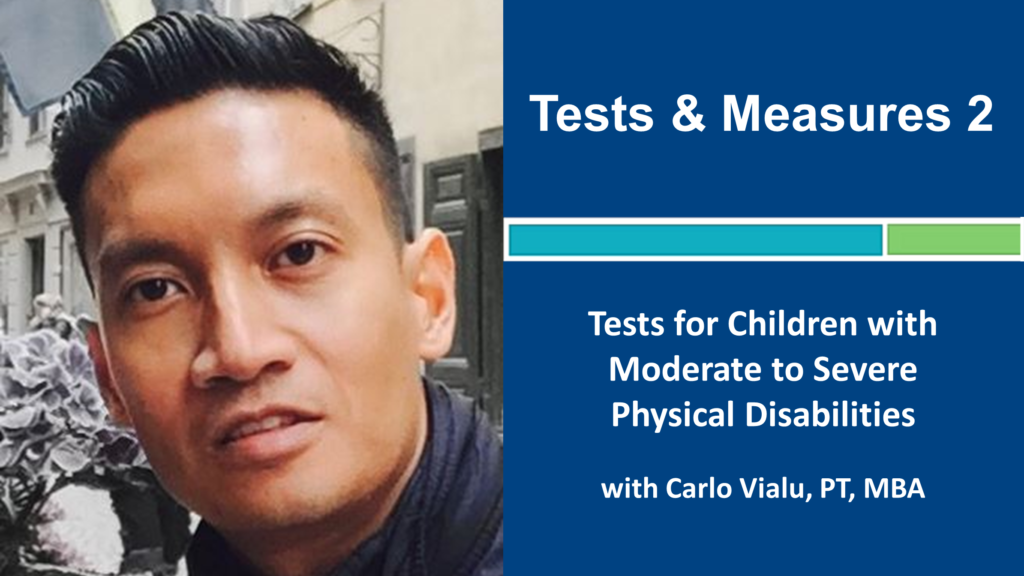
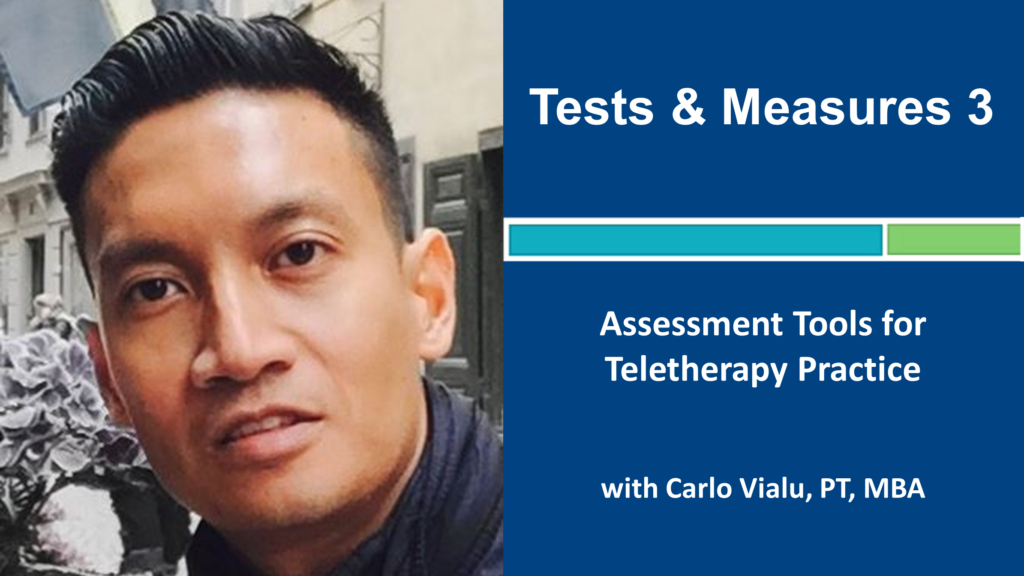
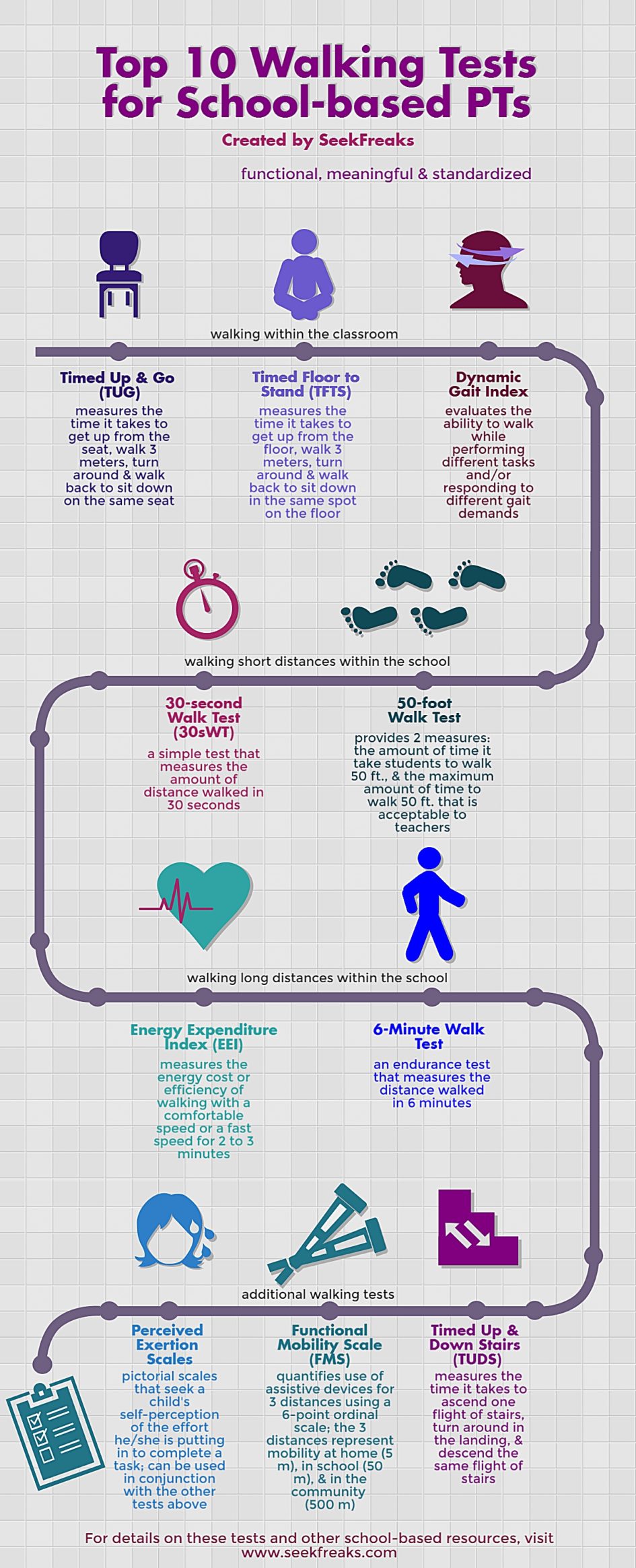
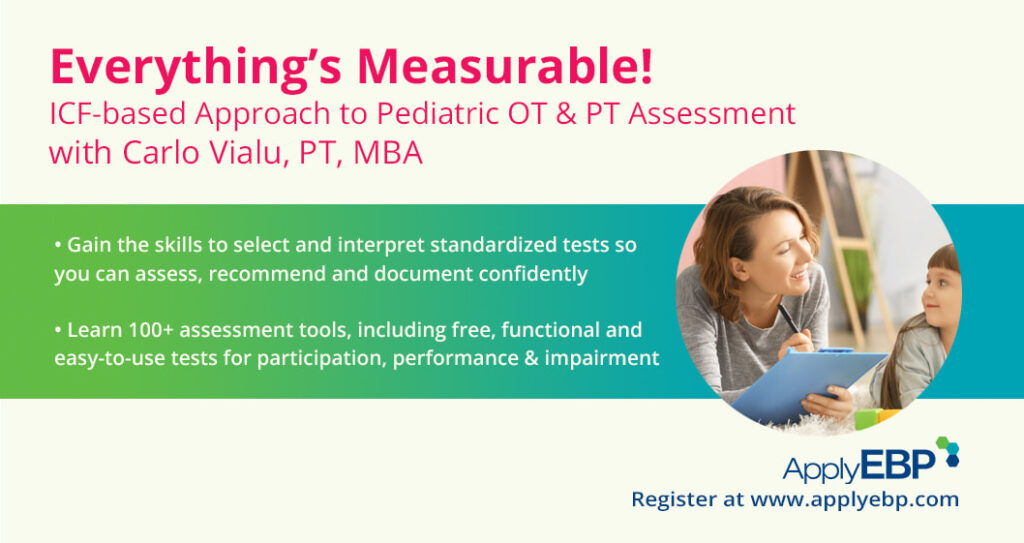












July 9, 2016 at 4:38 am
Carlos
Great post and functional relevance examples. Thank you for sharing!
July 12, 2016 at 5:27 pm
You’re welcome, Mary Jo. Happy testing!
October 12, 2016 at 11:45 am
Hi , the FMS link goes to the up and down stairs article. Do you have the link for the FMS. Thanks for sharing all this good information.
October 12, 2016 at 10:04 pm
Hi, Sue –
Sorry about that. Try it now. It should have the correct link.
November 14, 2019 at 3:12 pm
The links to the EEI and Modified EEI do not show testing procedures as indicated. Do you have updated links?
October 15, 2020 at 8:59 am
Trying to find standardized norms for the 6 MWT, but the link the the resource article only posts the abstract. Do you know where I can find the norms?
October 7, 2021 at 8:29 am
I previously had a one page reference to these tests with statistics that made for a great resource when going from school to school. I can’t find it on the website. Could you send me a link, please?
February 15, 2022 at 2:02 pm
I know this article was a long time ago but I too am looking for testing procedures for the EEI and the link does not take you there (as mentioned in an earlier comment). I have searched but cannot seem to find them online. Could you give a link for how to perform the test and the normative values? I am anxious to try it with one of my students!
Thank you